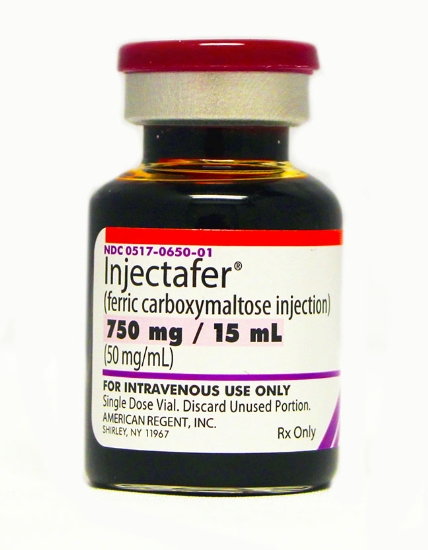Just because the FDA is feeling flexible when it comes to the amount of risk information that has to be included in print publications does not mean it has relaxed its marketing standards.
A January 29 letter to Luitpold Pharmaceuticals over a video promoting its injected iron-deficiency treatment Injectafer (ferric carboxymaltose) shows that the new era may not be all that much different from the old.
The list of objections by the Office of Prescription Drug Promotion, which oversees medical advertising, is a familiar one and includes concerns such as claims that go beyond the approved indication and misrepresentations about just what the medication is capable of achieving.
For example, the Luitpold video says Injectafer is “for patients with iron deficiency anemia caused by any disease.” OPDP says this is a problem because the FDA approved the drug for a clear set of patients: those who cannot tolerate oral iron, have an unsatisfactory response to orals or patients suffer from non-dialysis dependent chronic kidney disease.
OPDP writes that the video has additional problems, including the lack of verbal discussion about risk information and that the risk information that does appear “is displayed on-screen for approximately 30 seconds of the nearly seven-minute video segment.” OPDP says the small-type risk information is made even harder to read because it is not offset by a contrasting color background.
The criticism also hits on distraction — a topic the FDA has been researching. OPDP writes that the risk information and audio run at the same time, “which distracts the audience from the risk information.”
OPDP also notes that Luitpold’s video discusses risks associated with other types of IDA treatments, but fails to note that Injectafer is associated with those same risks and that a clinical trial showed that some side effects, such as nausea, “occurred more frequently in patients taking Injectafer compared to those taking oral iron.”
Additionally, the regulator asserts that a description of the drug’s overall impact goes beyond the bounds of what constitutes acceptable marketing.
In this instance, OPDP focuses on the video’s discussion with a blood specialist about an Injectafer patient, one he recalls as “a tea-and-toast lady living alone, had been losing weight and was diagnosed with IDA and wasn’t able to take the oral iron pills and she blossomed like a rose with high-dose IV iron.”
OPDP says the issue here is that this testimony indicates the injectable can “drastically improve the general well-being of a patient with IDA.” The regulator adds that this implies “a broad effect of the drug on various aspects of a patient’s life, including non-health-related aspects.”







